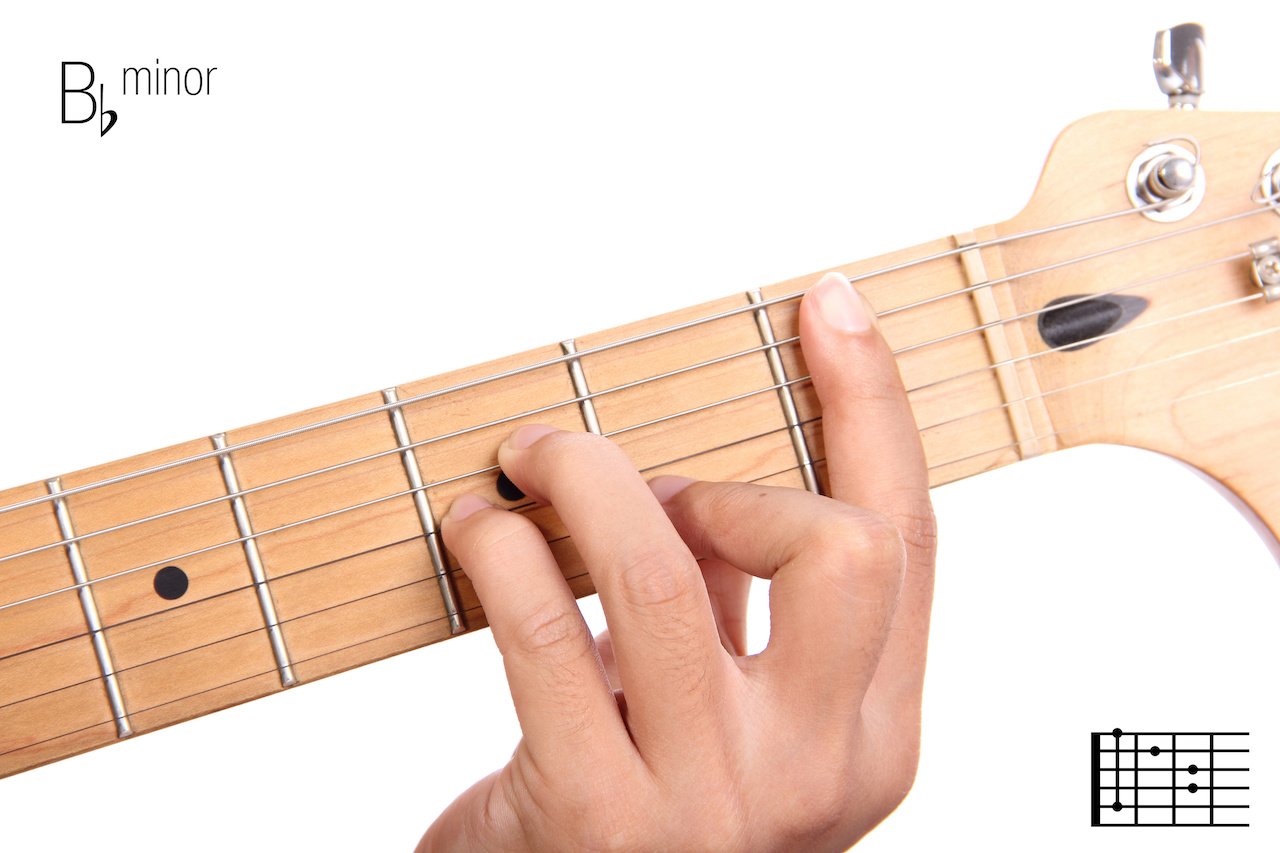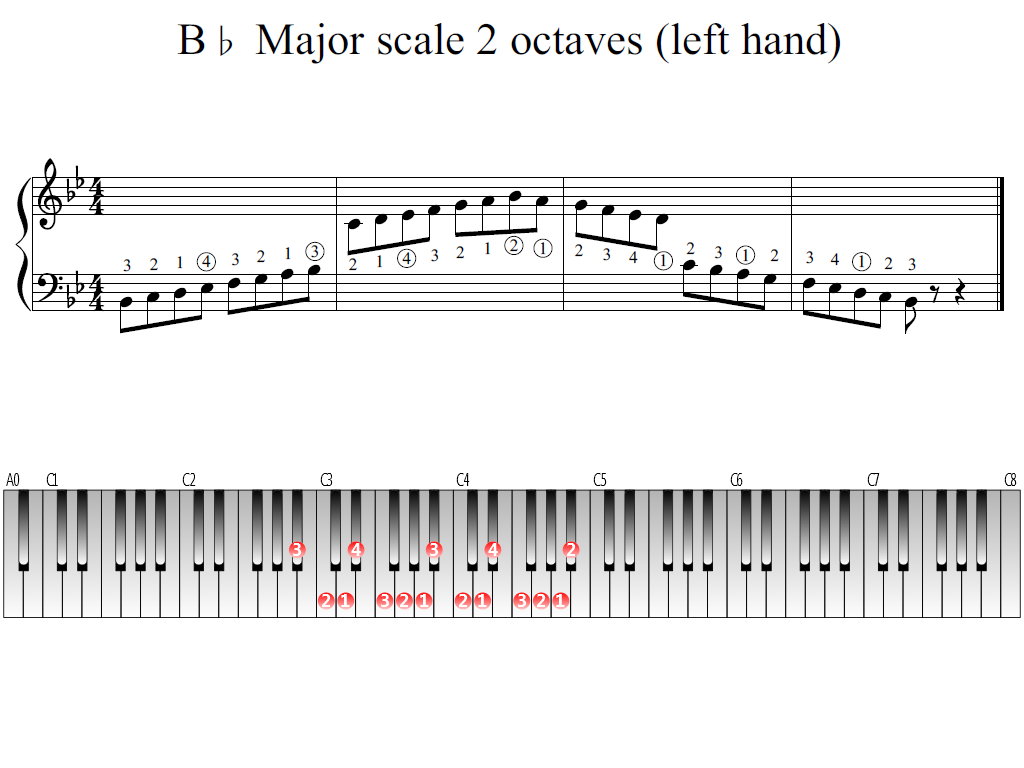


The circle of fifths shows how the 12 tones of the chromatic scale relate to one another. Every key signature represents both a major and a minor key (referred to as the "relative" minor). Refer to the circle of fifths to find the relative minor key.


 0 kommentar(er)
0 kommentar(er)
